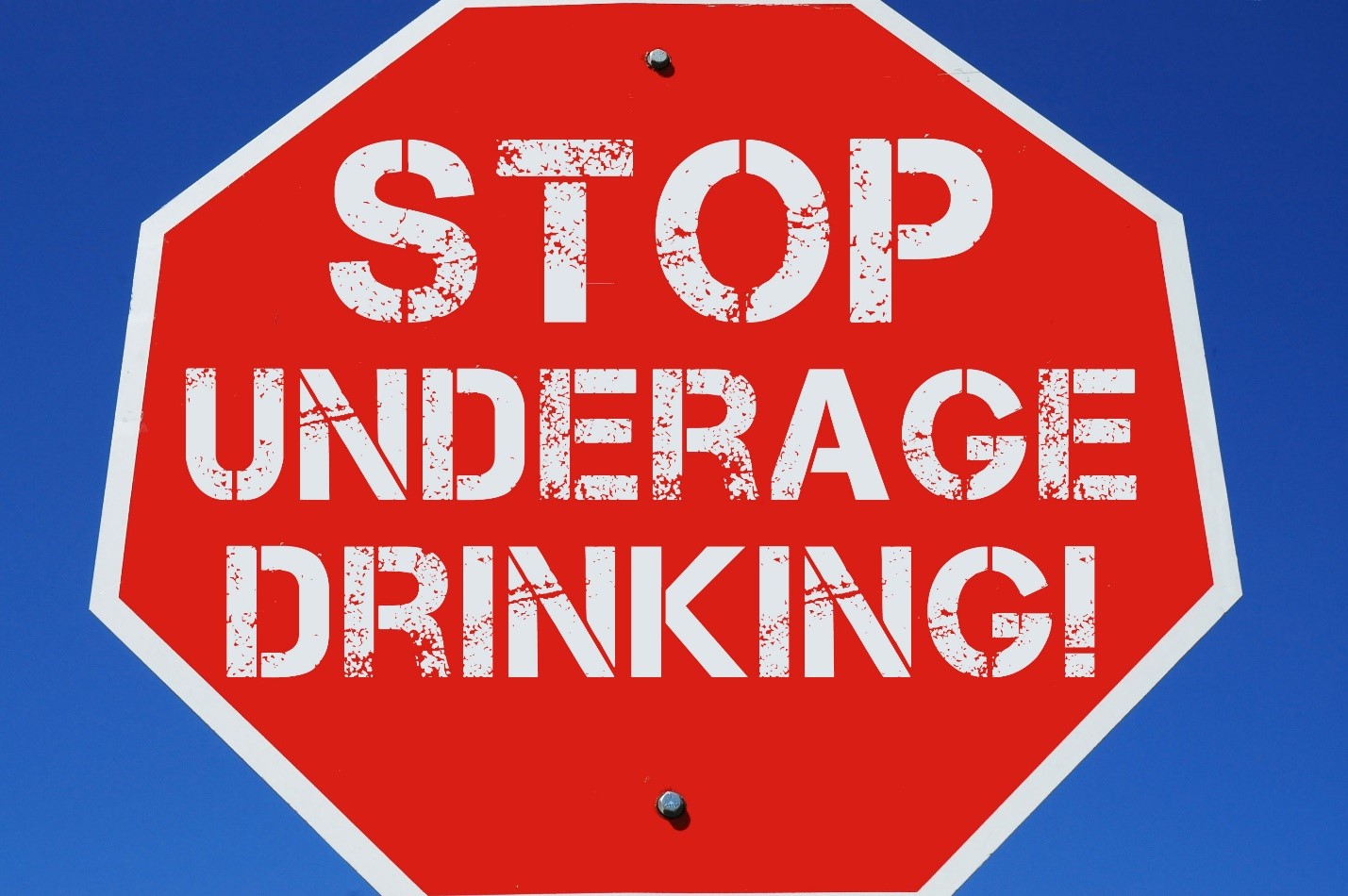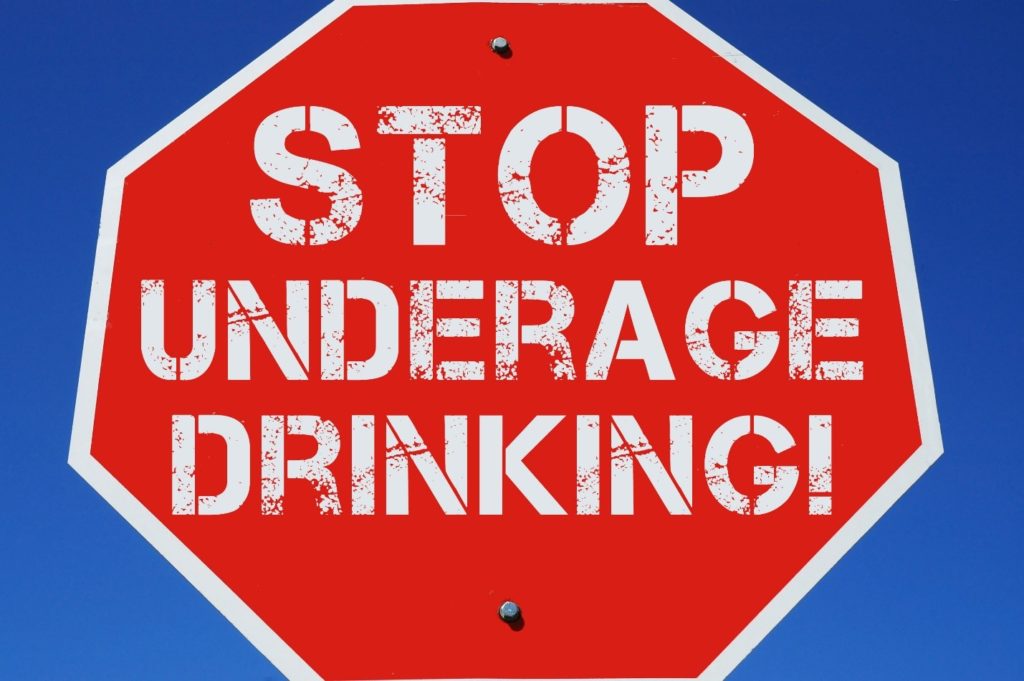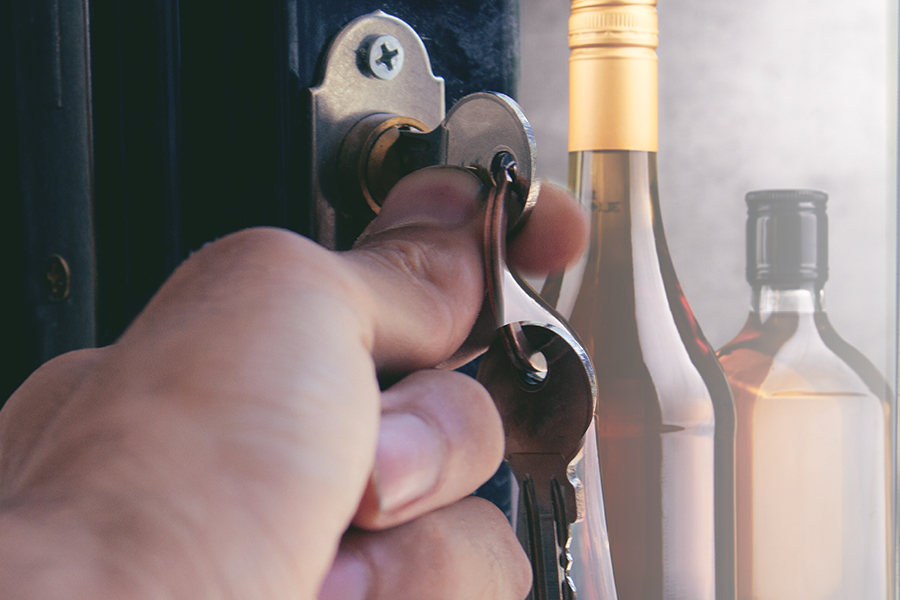Underage Drinking in North Carolina and the USA: Sobering Facts


When was the last time you stopped and considered the consequences of underage drinking? The dangers of underage drinking are more than just lip-service. As a matter of fact, they are a very serious problem that affects an entire generation of young Americans.
The statistics from the 2018 North Carolina State Report on Underage Drinking Prevention and Enforcement by the Substance Abuse and Mental Health Services Administration (SAMHSA) are shocking.
Underage Drinking Affects Children from Middle School to College
The issue is more widespread than most parents realize. Preparing yourself with the facts is the first step in preventing your child from falling into the trap of underage drinking. The problem isn’t unique to older teens. The study found that over 15 percent of children between the ages of 12 and 20 used alcohol within the last month. That’s 176,000 people. Of those, 113,000 were aged 18 to 20 years old. We’ll go through the report and look at how underage drinking affects children of different ages, starting with the oldest.
Underage Drinking Has Dire Consequences on College Campuses
Many people may roll their eyes and say that we’re merely stating the obvious. Tailgates and toga parties have long been a stereotype of college life. Because of this, it’s easy to underplay the seriousness of alcohol on college campuses. What people don’t know is how far the repercussions of underage drinking reach.
Underage Drinking Brings Down Grades
One glaring area where we see the effects of underage drinking is in its impact on grades. A report by the National Institute on Alcohol Abuse and Alcoholism found that one in four college students said they experienced academic consequences as a result of underage drinking. These academic consequences were much worse than the occasional missed homework assignment. The far-reaching repercussions included missing classes and falling behind as a result. Drinking in college also directly correlates to performing worse on exams and papers. This results in lower grades overall, which can have a profound impact on a student’s future.
The numbers are even worse for college binge drinkers. Those who drank alcohol a minimum of three times per week were about six times more likely to perform worse on a test than students that didn’t drink. Furthermore, they were five times more likely to have missed a class. It isn’t hard to see why underage drinking is not a smart decision for students.
College Drinking Correlates with Assault and Sexual Assault
The adverse effects of underage drinking on academic performance are clear. However, many people don’t consider the more serious consequences that come as a result of college drinking. A report from the National Center for Biotechnology Information (NCBI) shows that nearly 696,000 students between the ages of 18 to 24 are assaulted by another student who has been drinking. In addition, the same report reveals that 97,000 students between 18 and 24 report that they have experienced alcohol-related sexual assault.
College Students are Dying Due to Underage Drinking
You might not think that it can get any worse than that, but it does. The study reports that close to 1,825 college students in the same age range die from alcohol-related injuries. This also includes motor vehicle crashes. The SAMHSA study also shows that there were 145 alcohol-attributable deaths in North Carolina alone in 2018.
We can see that underage drinking on college campuses is a serious problem that goes far deeper than a bad grade in biology. Unfortunately, the problem impacts much more than just students on campus. High schoolers and young children are also at significant risk for underage drinking.
High Schoolers and Middle Schoolers Are Also at Risk
Of the same 176,000 people who drank alcohol in the last month, 52,000 were between the ages of 15 and 17. That’s 13 percent of the population in that age range. What’s more, 11,000 of those that drank alcohol were between the ages of 12 and 14. In fact, the average age at which most youths try alcohol for the first time is 14 years old.
While many parents may associate underage drinking with children in high school and college, the truth is that it starts much earlier. This is why it’s so important for parents to be proactive in talking about underage drinking with their children.
Why Do Children Drink and How Can We Prevent It?
Why are so many children drinking underage? What can parents do to combat this serious problem before it becomes a crisis? The first part is recognizing why children are drinking in the first place. These are just a few of the reasons that may motivate someone underage to drink alcohol:
- Stressful situations
- Pressures of school
- Difficult transitions
- Problems in relationships
- Situations at home
- Peer pressure
- As a coping mechanism
- An attempt to “fit in” or “look cool”
- Not understanding the risks
It’s important for parents and teachers to recognize these potential risk factors and use them as an opportunity to talk with their children or students. Often, children are looking for an outlet through which they can express their frustrations or worries. Sitting down and taking the time to ask how a child is doing and starting the conversation goes a long way to preventing them from resorting to underage drinking.
We Have to Work Together to Stop Underage Drinking
We know that most of North Carolina’s youth think underage drinking is a problem. A study by the North Carolina Alcoholic Beverage Control Commission shows that 94 percent of them feel it is a major issue. The problem is that many of the adults in North Carolina don’t feel the same way. The NC ABC study found that less than half of NC parents think it’s a serious problem. This is where education about the true depth of the issue comes into play.
It is incumbent upon all of us to work together in our efforts to prevent underage drinking. A critical part of prevention is paying attention. Look out for the issues listed above. See if they line up with warning signs that may indicate that someone is drinking. There are a number of warning signs parents can watch out for, but here are some that adults should recognize:
- Problems at school or a drop in grades
- Severe changes in mood
- A depressed state or attitude that “nothing matters”
- Changes in their group of friends
- Physical or mental issues you have not noticed before
If you see any of these problems, it may indicate a larger underlying issue. In these situations, it’s important not to jump to conclusions or overreact. This may drive the child further away. The key is having a calm, measured conversation where you discuss why they may be drinking, how it’s affecting them, and what you can do to help. We have a few tips for parents and adults that can help them start the conversation.
- Ask open-ended questions
- Look for the right opportunity
- Use age-appropriate messages
Sometimes, it can feel as though parents are fighting an uphill battle when it comes to underage drinking. Nothing could be further from the truth. Even if children don’t always show it, they’re always listening. Parents make more of a difference than they realize. Together, we can stop underage drinking and prevent our children from becoming one of these sobering statistics. Take the pledge with your teen to stop underage drinking today.



